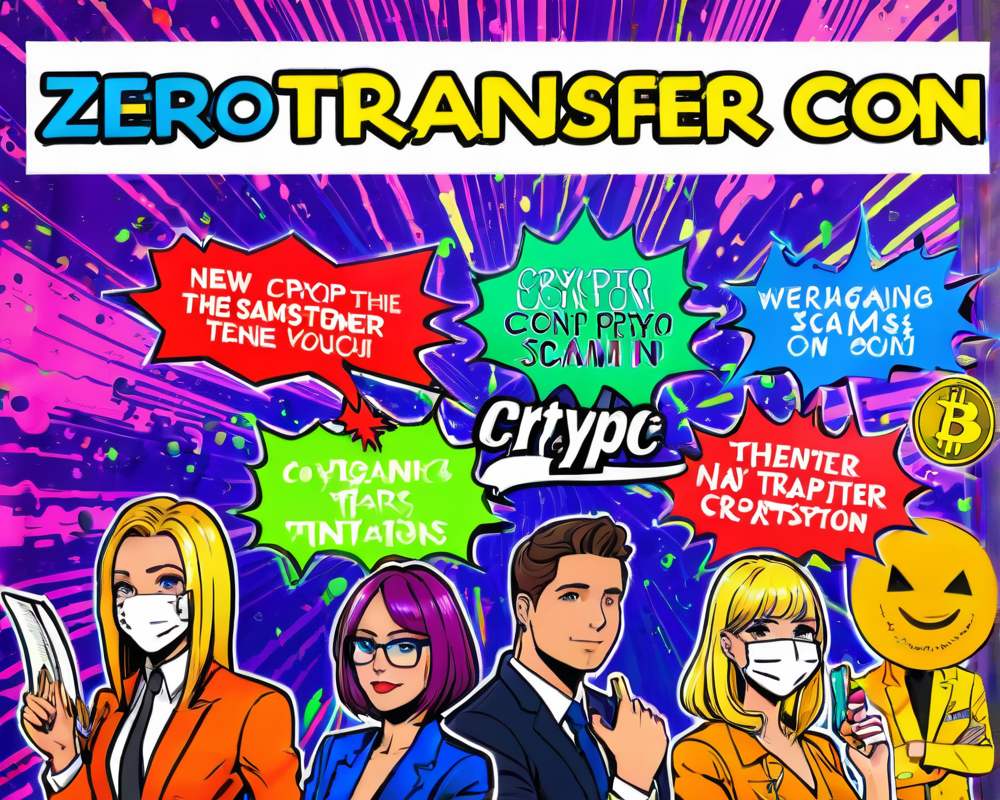Current Ethereum Peaks
In a striking display of network activity, Ethereum has recently witnessed transaction fees reaching historic hourly highs. Miners have reportedly raked in over $500,000 in a single hour, riding the wave as Ether (ETH) surged 10% to hit its impressive 2020 high of $486. This surge can be largely attributed to the overwhelming success of decentralized finance (DeFi) protocols, particularly the launch of Sushiswap, which shockingly amassed over $1 billion in total value locked within just 24 hours.
The Miners’ Paradise
For miners, this income spike looks heavenly. With increased revenue comes a lot of late-night energy drinks and transaction confirmations. The continuous rise in Ethereum’s network hash rate, now at a 20-month high, signals that the miners are feeling optimistic. However, let’s toss some cold water on that excitement—this bullish trend might not be sustainable in the long run.
The Double-Edged Sword of DeFi
While DeFi seems to fuel the fire in the Ethereum ecosystem, it also ignites a painful issue: congestion. As users flock to platforms like Sushiswap and Uniswap, they’re chipping away at the network’s capacity, leading to a blizzard of unconfirmed transactions, rising wait times, and soaring fees. Users are now practically in an Olympic sprint just to get their transactions approved! Talk about a high-stakes game of ‘hurry up and wait.’
The Gas Wars
Interestingly, Tether (USDT) has long been the biggest gas guzzler of Ethereum, but hold onto your hats—Uniswap has dashed ahead and taken that title. Besides the spotlight on gas hogs, let’s highlight that transaction costs are becoming the bane of many in the crypto space. Just check out the unsettling rise in transaction fees across both Ethereum and Bitcoin, where they’ve recently surged from less than $1 to over $3.53.
Looking for Solutions
Fear not! The industry is not leaving us hanging. Initiatives like Ethereum Improvement Proposal (EIP) 1559 have shown promise in testing sessions, demonstrating potential improvements in fee structures. Though it’s still in the experimental phase, there’s hope it might pave the way for sustainable scaling on Ethereum in the future.
Second-Layer Solutions to the Rescue
As we wait for major upgrades like Ethereum 2.0, let’s not forget about the handy second-layer solutions available right now. Think about it—these are like your mysterious instant noodles: they might not replace the five-course dinner but sure make a Save-My-Appetite kind of meal. Solutions such as the OMG Network have turned the tide in countering high fees, offering transactions at a fraction of a cent and validation times that can put a cheetah to shame.
Community Call to Action
In the wise words of Vitalik Buterin, co-founder of Ethereum, the community must seriously start embracing these solutions. His message comes down to this: if gas fees are too high, then consider leaning on layer-two transactions. After all, scalability solutions can accommodate over 2500 transactions per second for simple payments. The era of scrolling through unpredictable fees is soon to be behind us!




